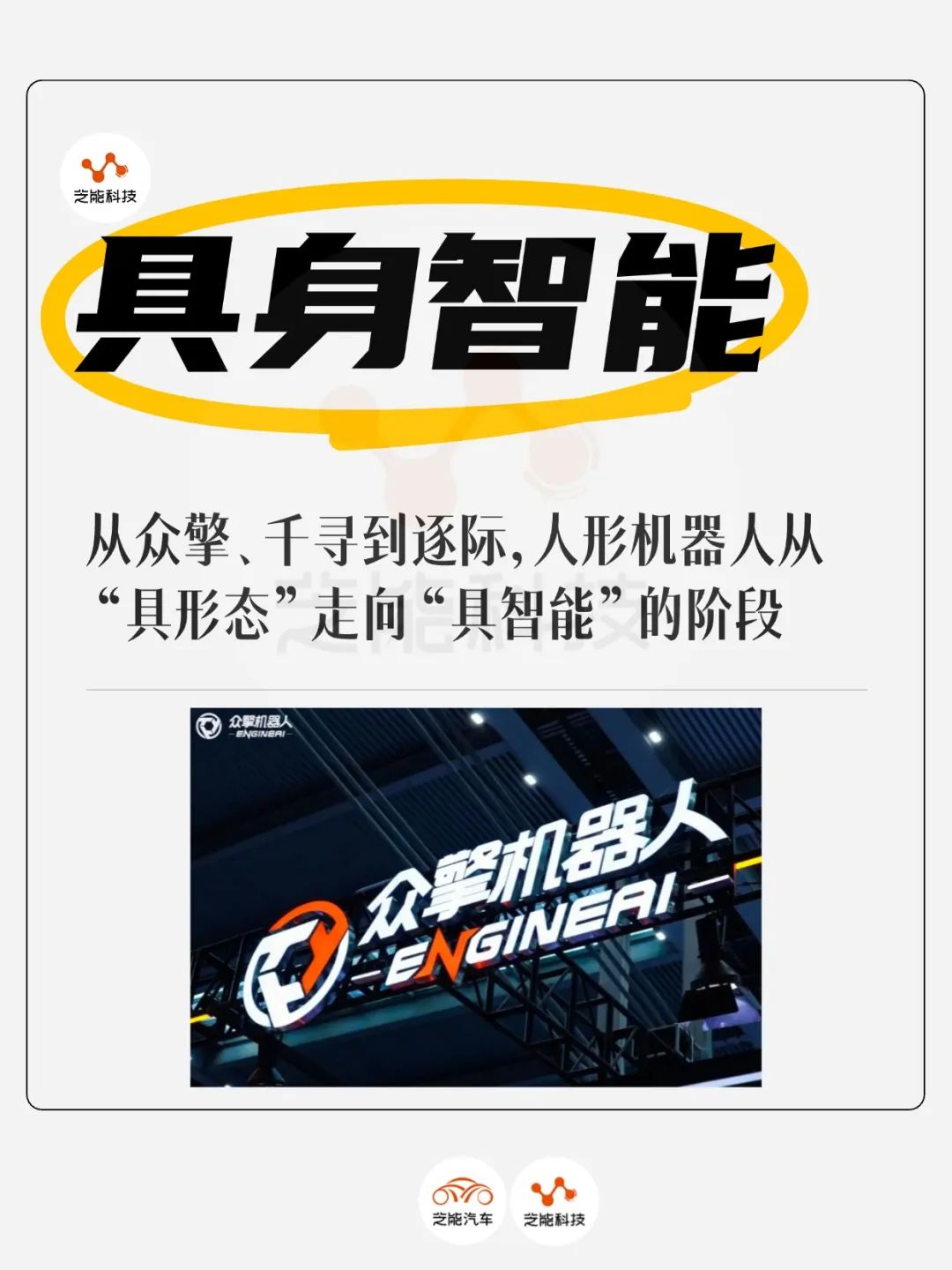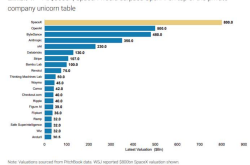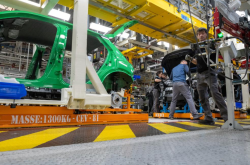The Humanoid Robot Funding Race: Zhongqing, Qianxun, and Zhuji's Competitive Edges
![]() 07/22 2025
07/22 2025
![]() 572
572
Produced by Zhineng Technology
Humanoid robots are at a pivotal juncture, transitioning from laboratory experimentation to industrial application. Zhongqing Robotics has swiftly secured nearly 1 billion yuan in funding, while up-and-coming companies like Qianxun Intelligence and Zhuji Dynamics have also received capital backing from JD.com. This signals that the humanoid robot industry has entered a phase of profound integration among capital, technology, and application.
Driven by the concept of "embodied intelligence," this competition is not merely about the integration of joints, motors, and structures but also about the harmonious interplay of algorithms, models, and data iteration. Technology stands as the linchpin of success, and the ecosystem acts as a catalyst for large-scale implementation.

01
Embodied Intelligence:
From Hardware Breakthroughs to Closed-Loop Motion Control
In the industrialization of humanoid robots, "anthropomorphism" transcends mere structural mimicry; it involves a complex system that replicates human capabilities across perception, decision-making, and execution.
Zhongqing Robotics' appeal in Pre-A++ and A1 funding rounds stems from its proprietary closed-loop capabilities in core hardware and control systems.
Zhongqing's core strength lies in its fully in-house joint module system, which combines high explosive force, torque, and rotation speed. This system underpins the robot's agile movements with genuine "muscle" power.
Structurally, these joints not only push the boundaries of power density but also optimize dynamic response, enabling the robot to execute intricate multi-joint coordinated movements.
Key performance indicators include load-to-weight ratio and module response delay. Zhongqing has achieved millimeter-level motion precision in high-dynamic scenarios and validated actions like dancing, somersaults, and high-speed running.
To fully realize movement "controllability," a comprehensive motion control system spanning simulation to reality is essential.
Zhongqing has erected formidable barriers in Sim2Real (simulation to reality) technology, leveraging self-developed algorithm optimizers and multi-physics simulation engines for rapid adaptation when strategies trained in complex environments are transferred to physical robots.
Through multi-level PID control, WBC (Whole Body Control) algorithm fusion, and high-speed processing of real-time feedback, its motion control system provides millisecond-level feedback corrections, ensuring stable execution of high-dynamic movements.

This capability is crucial for the robot's "generalization ability." Unlike traditional industrial robots, which are constrained by preset paths and control programs, humanoid robots must autonomously adapt to variables in open environments.
Sim2Real technology offers a comprehensive pathway from data generation, model training to behavior deployment, ensuring motion accuracy and response efficiency.
Self-developed high-power-density joints form the hardware foundation for high torque and high-speed response. The Sim2Real simulation system effectively addresses the challenge of strategy migration from virtual to reality. Millimeter-level control precision and support for high-dynamic movements encapsulate the core competencies of embodied intelligence motion control. The WBC whole-body control algorithm system facilitates coordinated movements among multi-degree-of-freedom joints.
02
Large Model Driven:
Qianxun and Zhuji's "Human Brain" Solution Rivalry
As humanoid robots venture into service, industrial, and commercial sectors, superior ontological control capabilities alone are insufficient. The embodied intelligence large model, which fosters "human-like cognition," has emerged as a new industry focus.
Qianxun Intelligence and Zhuji Dynamics have adopted distinct data pathways and model architectures, representing China's two primary technical routes in embodied intelligence development.
Qianxun Intelligence's VLA (Vision-Language-Action) large model aims to establish an Agent system capable of generalization, perception, and cross-modal task execution. The humanoid robot Moz1 boasts a 26-degree-of-freedom structure throughout its body, with a force-controlled joint system that harmonizes power density and real-time feedback capabilities. Coupled with the WBC control algorithm, it provides an exceptionally refined motion response foundation.
Moz1 also features "zero-delay teleoperation," supported by self-developed multi-dimensional data acquisition modules that enable hourly data iteration. This allows the VLA model to swiftly adjust strategies during continuous interaction, enhancing execution accuracy.

More importantly, the VLA model's "understanding" stems from its multi-modal alignment ability, establishing causal relationships between natural language, vision, and actions. This equips the robot with the basic ability to "execute commands by looking at pictures."
For instance, in an office setting, Moz1 can complete tasks like "chair returning" and "desk tidying" based on natural language instructions, progressively evolving towards a dual mode of "autonomous execution + human interaction."
Zhuji Dynamics' model strategy emphasizes "data structure." Its LimX VGM model doesn't rely on real machine samples but constructs a "cross-platform, cross-task" universal embodied brain by analyzing human operation videos and combining simulation and synthetic data to generate strategies.
This approach prioritizes "Data Recipe" over specific datasets, enhancing the model's generalization ability in unknown tasks through multi-dimensional inputs.
In terms of model development paradigms, Zhuji Dynamics emphasizes rapid deployment and modular reuse. From reinforcement learning controlling the cerebellum to the VGM perception and decision-making brain, and the hardware-driven base, these components work in tandem to form a comprehensive embodied Agent chain.
Its bipedal robot TRON 1 has seen initial applications in scenarios such as inspection, delivery, and security, and supports modular expansion, providing interfaces for pluggable extensions for developers.
◎ Qianxun Intelligence's VLA model highlights multi-modal fusion and natural interaction, forming a feedback loop through "teleoperation + data acquisition + fast iteration";
◎ The Moz1 robot supports multi-scenario task deployment with full-body force control and multi-dimensional perception;
◎ Zhuji Dynamics' LimX VGM eschews real machine samples, training embodied cognitive models through video data;
◎ Modular and platform strategies are employed to enhance the migration efficiency of robot models across tasks and platforms.
Summary
From Zhongqing to Qianxun and Zhuji, humanoid robots are transitioning from "having form" to "having intelligence." The core competition is no longer limited to technical leadership in a single indicator but rather whether the overall system can operate in closed-loop synergy. The hardware foundation provides anthropomorphic physical support, Sim2Real opens the pathway for strategy migration, and the large model fosters decision-making and cognitive abilities. All three elements are indispensable.
At the industry level, investments from companies like JD.com and Contemporary Amperex Technology Co. Limited (CATL) not only provide capital but also act as accelerators for future application scenarios and the integration of upstream and downstream resources. Taking JD.com as an example, its retail, warehousing, and service scenarios naturally offer a testing ground for humanoid robots, and these application scenarios will, in turn, feed back into model optimization, fostering a virtuous cycle of data-application-product.






